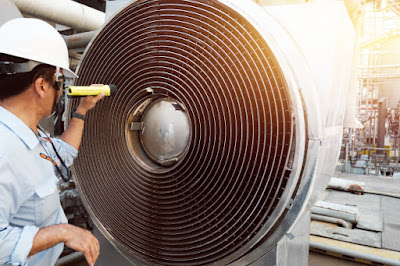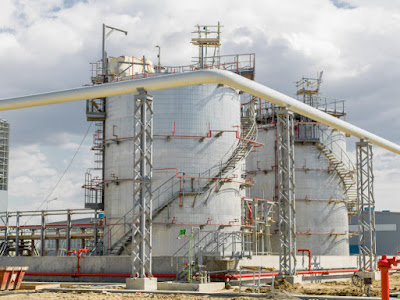To perform engineering inspections on your production facilities, products, and machinery, as well as an audit of your manufacturing systems and procedures, you must work in collaboration with industry partners to successfully assess the pertinent parameters and measure against them according to the requirements. The results of the engineering inspections can directly impact your production, sales, customer service, and your bottom line. However, since different companies have diverse systems, procedures, and quality levels, there is a need for your company to adopt a standard methodology for determining which components and systems need attention and which can be left untouched. In spite of that, the goal remains the same that is to minimize cost and implement solutions to improve quality. It is also important for engineering services to work closely with their customer service and salesperson.

So, that they can share and disseminate the same standard operating procedures so that a uniform monitoring capability can be achieved throughout the organization.
Every State requires engineering inspections and tests on new businesses to comply with certain licensing and certification criteria. In order to effectively carry out engineering inspections, the business must have a legal requirement from the relevant authorities. There are many legal requirements that a company may need to fulfill depending on the type of business. For instance, if it is a manufacturing facility for the manufacture of hazardous products, it has to undergo a series of government inspections and testings to ensure compliance. If it is an inspection for quality control and compliance with applicable national industrial legislation or policy, then certain standards and procedures have to be followed. Similarly, when it comes to operations, it is important to understand the legal requirements before carrying out the inspection.
Manufacturing facilities come in varied forms and sizes, each with a unique set of operational requirements. In order to identify and address such unique issues, engineering inspections must be performed as per the statutory requirement. In some instances, the manufacturer would also have a legal requirement before carrying out any testing or inspection. In such instances, it is important to understand the legal requirement first and then carefully carry out the testing or inspection.
Manufacturing Facilities
Manufacturing facilities come in diverse forms. For instance, a food processing factory would require specific engineering inspections based on various food production safety standards. While a power generation plant may need to comply with various national industrial policies for health and the environment.
Manufacturing Plants
The operation inside a production plant is very complex. It requires regular engineering inspections to identify potential issues that may arise. These inspections identify issues such as defective machines, toxic chemicals, substandard materials, or other major issues that may affect worker safety.
All these manufacturing facilities and production plants require constant engineering inspections to ensure efficiency. All this activity costs money to companies. Therefore, it is in the interest of all manufacturing corporations to find ways to reduce their operating costs and improve their profitability. One such way is through engineering inspections. So, next time when you need an engineering inspection done, make sure you make contact with a reputable, professional engineering firm for quality engineering inspections.
View More: Promec Engineering Pty Ltd











